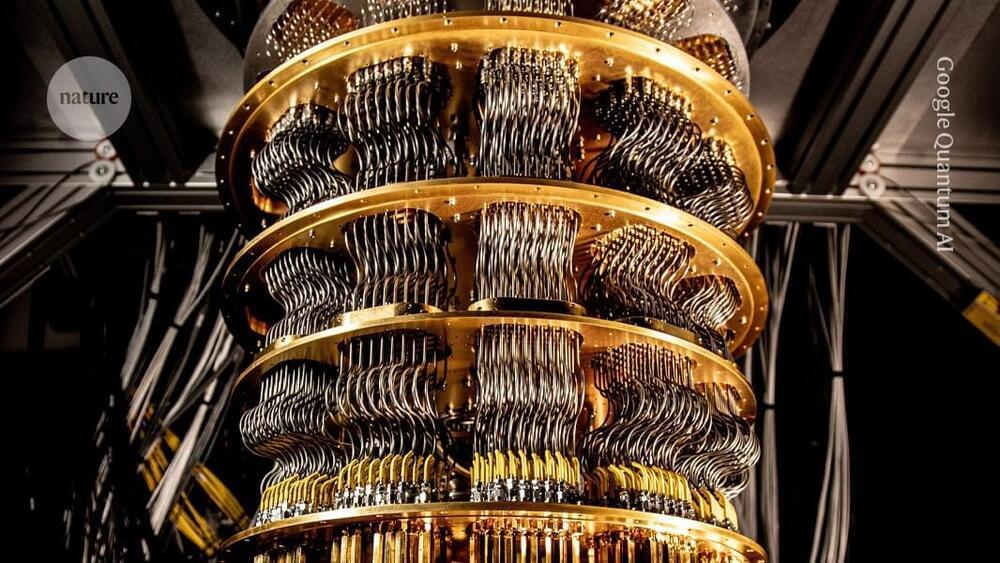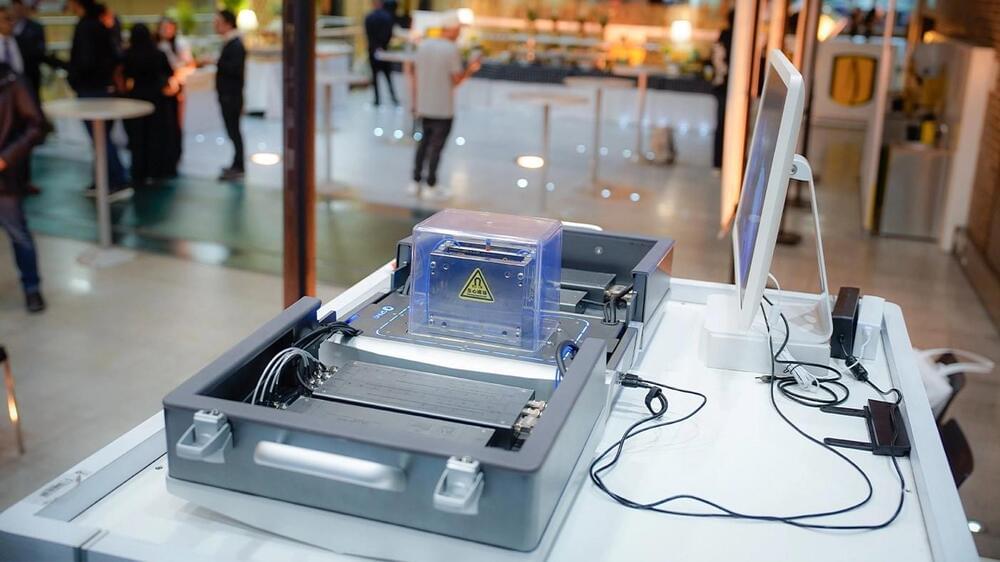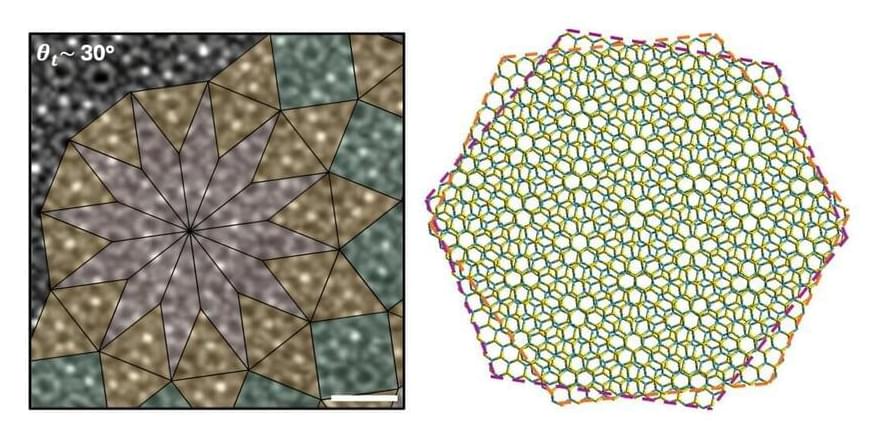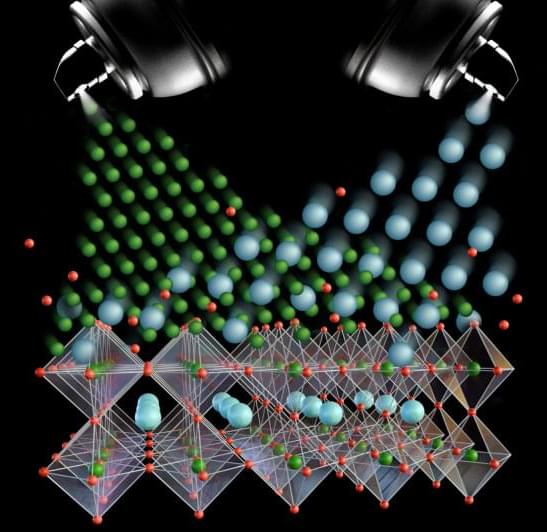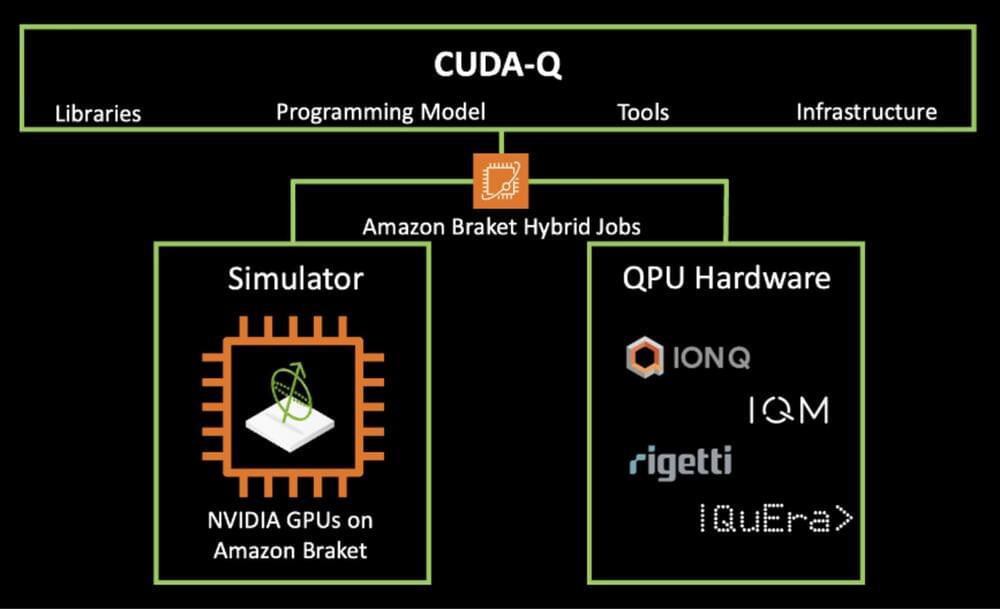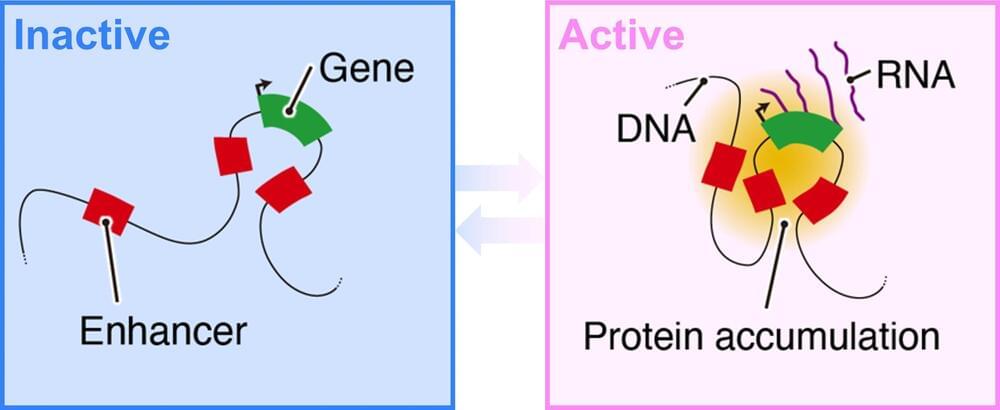Researchers at Google have built a chip that has enabled them to demonstrate the first ‘below threshold’ quantum calculations — a key milestone in the quest to build quantum computers that are accurate enough to be useful.
The experiment, described on 9 December in Nature1, shows that with the right error-correction techniques, quantum computers can perform calculations with increasing accuracy as they are scaled up — with the rate of this improvement exceeding a crucial threshold. Current quantum computers are too small and too error-prone for most commercial or scientific applications.
